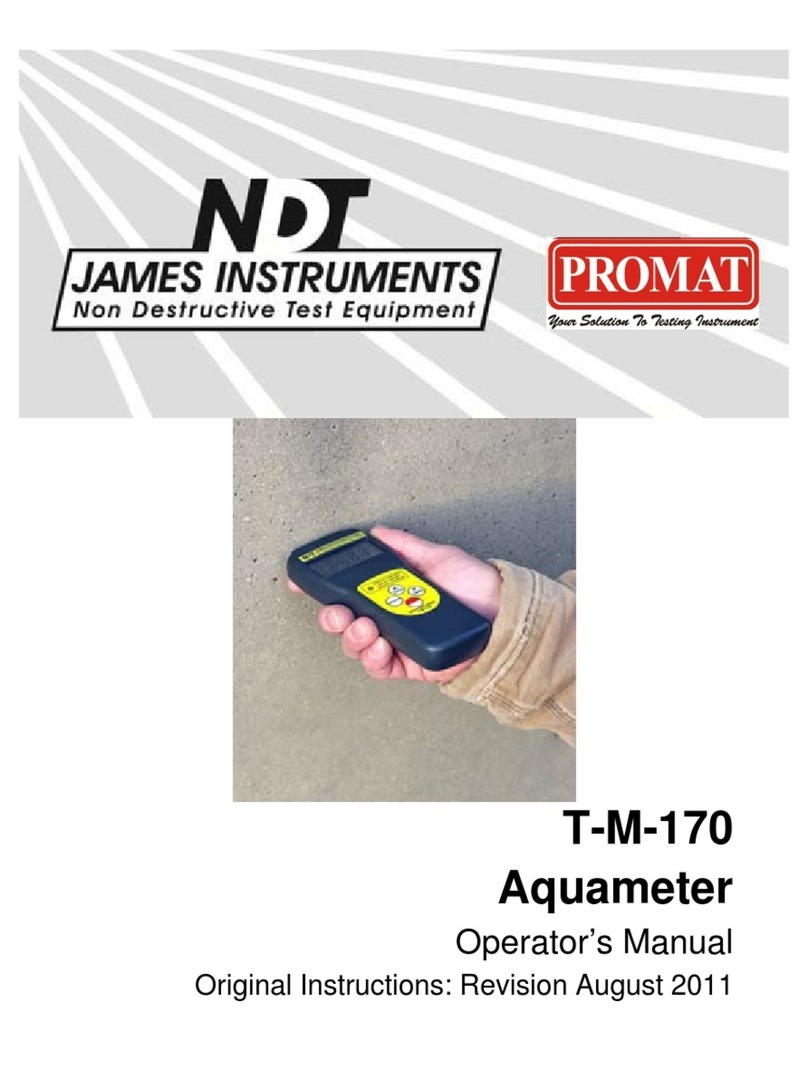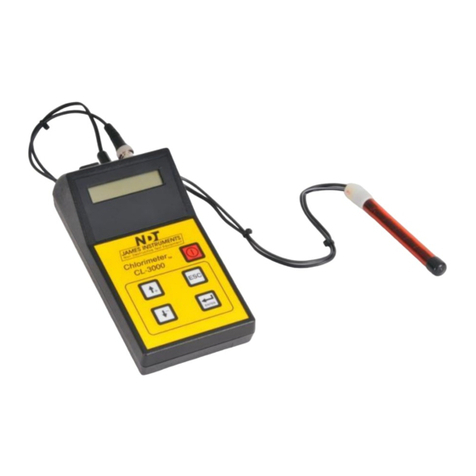
6
Step 5
For proper SSD determination a commercially bought cone
should be used, ASTM C 128-15, 6.4 specs the mold as
follows.
“6.4 Mold and Tamper for surface Moisture Test - The metal
mold shall be in the form of a frustum of a cone with
dimensions as follows: 40 ± 3 mm inside diameter at the top,
90 ± 3 mm inside diameter at the bottom, and 75 ± 3 mm in
height, with the metal having a minimum thickness of 0.8 mm.
The metal tamper shall have a mass of 340 ± 15 g and a flat
circular tamping face 25 ± 3 mm in diameter.”
Step 6
ASTM C-128-15, 8.3 “Test for Surface Moisture - Hold the mold
firmly on a smooth nonabsorbent surface with the large
diameter down. Place a portion of the partially dried fine
aggregate loosely in the mold by filling it to overflowing and
heaping additional material above the top of the mold by holding
it with the cupped fingers of the hand holding the mold. Lightly
tamp the fine aggregate into the mold with 25 lights drops of the
tamper. Start each drop approximately 5 mm above the top
surface of the fine aggregate. Permit the tamper to fall freely
under gravitational attraction on each drop. Adjust the starting
height to the new surface elevation after each drop and
distribute the drops over the surface. Remove loose sand from
the base and lift the mold vertically. If surface moisture is still
present, the fine aggregate will retain the molded shape. Slight
slumping or the molded fine aggregates indicates that it has
reached a surface-dry condition.”
Step 7
SSD (Saturated–Surface Dry) the fine aggregate.
Absorption, % = [(B - A) / A] x 100
A = mass of oven dry test sample in air, g.
B = mass of surface-saturated-dry test sample in air, g.
Note: Allow your coarse aggregate to SSD for 24 hours prior to
adding to your mixture. (See below for more information.)
(EQUATION SHALL BE ADDED, SO CUSTOMER CAN
DETERMINE THEIR SSD VALUE.)





























